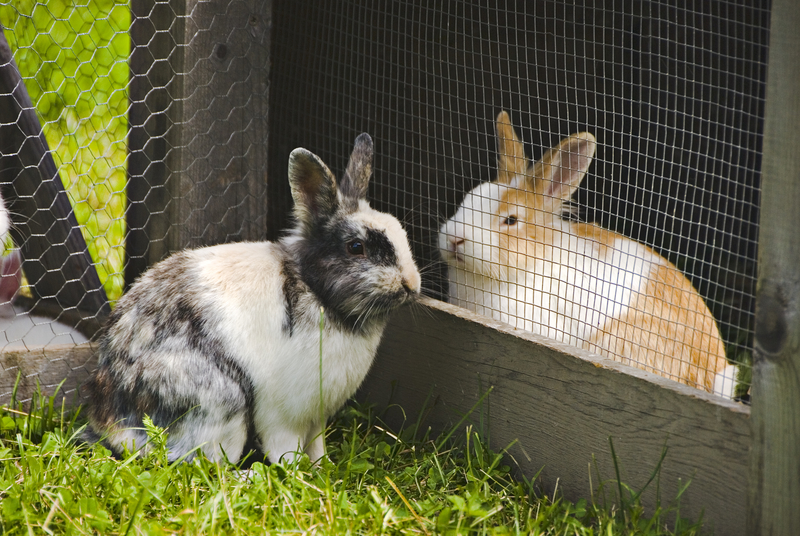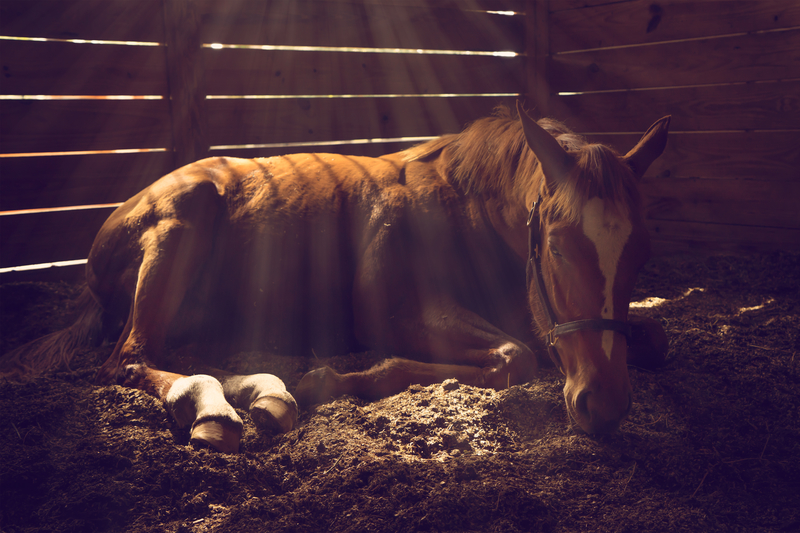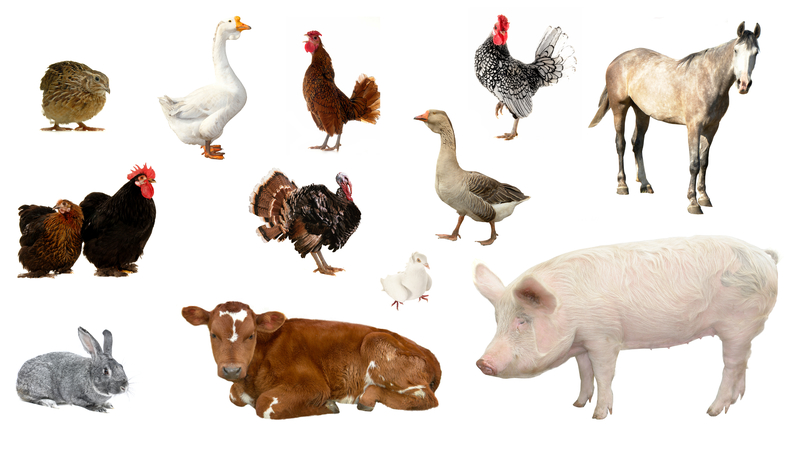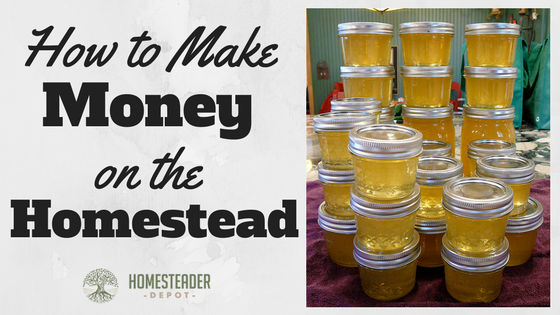3 Effective Sheep Shearing Techniques
Despite some claims from animal rights groups, shearing is necessary to maintain the health and comfort of your sheep. There are 2 main reasons you need to have your sheep sheared once a year. If the sheep’s thick wooly coats are not removed before the summer months, they can become very uncomfortable. Additionally, the amount … Read more








